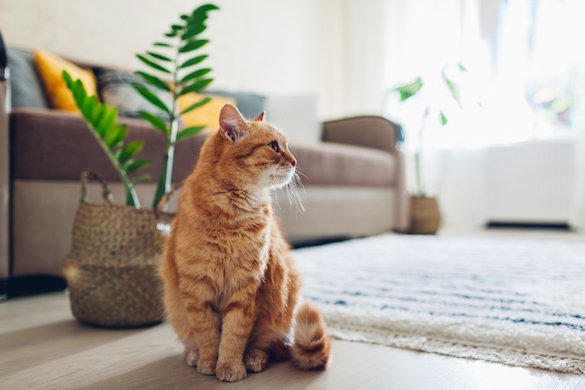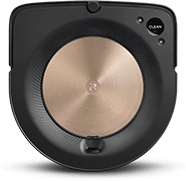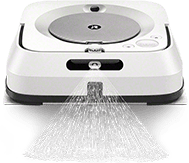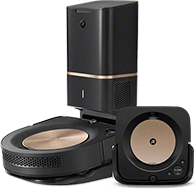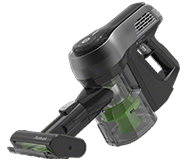How to Clean a Rug at Home: The DIY Rug Cleaning Guide
You’ve probably been told all your life that true rug cleaning at home impossible. At best, the images that pop into your mind when you think about it are a bunch of colorful rugs hanging over a clothing wire getting beaten with one of those rug paddles.
Rug paddles… What are those called again? No one knows because no one uses them anymore.
We know there are more sophisticated, 21st century ways to clean your rugs. In this article, we’re going to break down all of those ways, with maybe a dusting of the tried and tested traditional ways for various types of rugs.
Here’s what to expect below:
- How the professional rug cleaning services clean rugs
- Rug cleaning products
- DIY rug cleaning methods
- How to care for different types of rugs
To Pay For Rug Cleaning Services Or To DIY. That is the question.
Unless you have a washable rug, you can’t just chuck your rugs into the washer and dryer. You can’t just use any type of soap on them either – if you’re trying to spot clean them or soak them in water.
What’ll happen?
Well, most rugs – at least oriental, handmade, and Persian rugs – use dyes and textiles that don’t hold up well to a lot of soaps or vigorous cleaning. This is especially true if you try to clean your rugs often.
Over time, you’ll notice those vibrant colors fade, your edges fraying, your fringe clumping or falling away, and may even see the dyes blend.
Clearly, this isn’t ideal. Especially because rugs, especially those gorgeous Turkish kilims, are reeeaallly expensive. And maybe they’ve been passed down to you (because they’re so expensive they’re practically an heirloom), and you want to preserve them.
So the question first is… should you drop off your rug for someone else to clean? Or do it yourself?
If you don’t trust yourself, or just don’t want to ruin your rugs, you may want to send them out. As long as you can afford it.
How Much Does It Cost to Have Your Rugs Cleaned?
Prices for professional rug cleaning can range from $10 – $600 depending on where you are, how big the rug is, and what type of rug it is.
If you look online, you can find freelance rug cleaners for an average of $60-80.
If you’re looking for a more professional, well-known, and reputable rug cleaning service in your area, the average cost comes in around $300. Though it may cost more if your rug is made of natural fibers, silk, or wool.
Handmade rugs will almost always cost more to clean as well.
Is It Possible to Clean a Rug Yourself?
Of course it is. But you really have to know what your rug can tolerate (or not). Always check your specific rug’s care label for cleaning recommendations and follow those instructions. We’ll get into how to clean a rug by hand in the following sections.
Professional Rug Cleaning Process
If you haven’t caught on to the thoroughly satisfying Youtube videos and reels on professional rug cleaning, you’re missing out (they’re incredibly addicting).
To see all that brown water get pushed out of a rug… to transition from a nasty heap to the treasure it once was.
Oriental Rug Cleaning Of Indianapolis’s Rug Washing Compilation
Catch how these professionals clean area rugs (and prepare to be mesmerized!).That is the power of a professional clean.
Here’s what the general process looks like (every rug cleaning company has their own process and some may have different cleaning techniques and machinery):
- They tumble the rugs in a giant, uh, dust tumbler with a hypoallergenic dust collector overhead, and let it roll for several long hours. (There are other machines professional cleaners use. But generally the first step is dusting the rug)
- They take it to the “wash floor” where they pretreat it to pick up / loosen all that grime that’s been stuck in your rugs for years.
- Generally, they’ll suit up in rain boots and ponchos and use a gentle pressure washer on both sides to thoroughly soak the carpet and power out that dirt that’s stuck on.
- They squeegee the rug to push all that excess water holding the dirt out of the rug.
- They use a rotary brush, much like a floor buffer you’ve probably seen the janitor use in the hallways of schools and offices (or you have to have seen it once or twice in a movie) to clean the rug with enzyme cleaners, shampoos, and deodorizers.
- They hose it down and squeegee the rug again before putting it through their “centrifuge machine” to remove over 90% of the water.
- They hang the rug to dry before sending it through “quality control” which will check for any remaining stains, discoloration, and possibly even add dyes to recolor faded areas (not all professional cleaners will do rug repairs this).
- They’ll treat any remaining stubborn stains and fix any discoloration (again, not all will do this).
For most cleaners, the turnaround time is about a week (or at least that’s how long the cleaning process can take).
In most cases, these cleaners will recommend running your rugs through this process every 1-3 years, depending on wear and whether it’s in a high-traffic area.
Rug Cleaning Products
There are a lot of suggestions out there for what products to use to clean your rugs at home (such as dish detergent), and not all of them are great.
Here are some of the best types of products to really clean your rug with:
- Deep Cleaning Concentrated Carpet Shampoo
- Large Area Carpet Cleaner
- Carpet Cleaning Kit
- Heavy Duty Floor Squeegee
No-Rinse Carpet Cleaning Products:
- Carpet Odor Eliminator
- No-Scent Rug Cleaner
Natural Cleaning Solutions:
- Carpet Shampoo, Deep Cleaning Stain and Odor Remover
- Carpet & Rug Shampoo Concentrate
- Carpet Refresher
DIY Rug Cleaning Methods
If you’re going to clean your rugs at home and forgo the charge and the wait to have them professionally cleaned, then know that there are a lot of different ways to go about cleaning rugs at home.
Choose a cleaning method from those below, test it out on a small area, and you can get the results you’re looking for.
Spot Cleaning
If you’ve just spilled something on your rug and you need to clean it right away before you get a stain, spot cleaning is your best bet. It typically involves using a dry powdered cleaner or even a spot of detergent and a small brush (like a toothbrush).
Sometimes a rag is enough, but this depends entirely on the rug and what yuck you’re trying to clean up.
Deep Cleaning
Deep cleaning rugs is all about soaking and straining them. Kind of like the professionals, you want to use a rug detergent or enzymatic cleaner if your pet has peed on it, and soak the rug. (We see you, dog moms!)
You can lay your rug flat on a tarp in your driveway or in your backyard to really soak it without damaging your hard floors.
(By the way, here’s how to clean your floors without damaging them:
- How to clean hardwood floors
- How to clean laminate floors
- How to clean linoleum floors
- How to clean tile floors
- How to clean vinyl floors)
Then, you can use a squeegee to ring it out and hang it up on a clothesline to let the rug dry (just make sure it isn’t too damp when you hang it. That’ll retain smells and possibly even mold).
Your rug is clean, are your tile floors?
Clean your tile floors (grout and all) like a champ.
Removing Stains From Your Rug
Kids (and you) spill things all the time, but it may lead to a lot of stains in your rugs. In most cases, it’ll take a deep clean or harsh spot removal.
You could also scrub the stain with denatured alcohol and a toothbrush (best for things like ink stains). An upholstery vacuum or wet/dry vacuum may also do the trick, depending on the stain.
Sanitizing, Disinfecting and Deodorizing Your Rug
Disinfecting your rug is all about the type of cleaner you use. For pet stains or really smelly stains, it’s best to use an alkaline cleaner.
A steam cleaner with some diluted white vinegar is another way to sanitize and deodorize your rugs.
Drying Your Rug
Drying your rug is as simple as removing as much of the water as possible. If it’s a small rug, you may be able to put it in your regular clothes dryer.
You can also use a squeegee and then hang the rug on a clothesline to air dry.
 Removing Pet Hair
Removing Pet Hair
In most cases, you can remove hair from a rug the same way you would with a carpet. This include:
- Using a rubber brush and squeegee to cause friction that will lift the hair
- Using a metal pet hair razor to scrape out the pet hair
- Using an upholstery vacuum to take up the grit and fur from the weaving
Area Rug Cleaning: How to Care for Different Types of Rugs
The challenge with rug care (and especially with challenges like stain removal and pet odor removal), is that not every cleaning method is right for every rug. Assuming so can result in discoloration, fading, color bleeding, and so much more.
To help you avoid that, you’ll want to pay special attention to which type of rug you own. So, from jute to wool and even oriental rugs, we’re breaking down the best methods for cleaning each type of area rug.
 Berber Rug Cleaning
Berber Rug Cleaning
The problem with cleaning Berber rugs is that Berber isn’t a material. It’s simply a style for woven rugs, consisting of a very tight and uniform weave.
That said, there are some general rules for cleaning a Berber rug.
- Don’t scrub it. It causes fuzzies and snags.
- Spot clean using vinegar and hot water.
- Don’t soak Berber. Because of the weave, it’ll really trap the water and cause mold.
- For deeper stains, use a baking soda paste on the stain.
Sisal & Jute Rug Cleaning
Professional cleaning services will wash your jute rugs almost exactly the same way they would any other rug. But that’s solely because they can dry them really quickly.
However, you can’t do the same thing at home, because jute rugs can really hold on to moisture unless properly washed and dried. So, DO NOT put water on your jute rug.
Here’s what you can do instead:
- If you’ve spilled a liquid or paste on it, you can use just a tiny bit of water and a soft bristle brush or dab with towels to immediately remove it before it sets
- Use a dry cleaning powder to remove residue and for deodorizing
- Scrape any solid spills off with a dull knife and then follow up with a bristle brush
- Use a hair dryer to immediately dry any wet spills or water after spot cleaning
- Use a jute sealer to prevent stains and messes from setting in
- Read our blog about how to clean a jute rug for more tips
 Microfiber & Polyester Rug Cleaning
Microfiber & Polyester Rug Cleaning
Polyester rugs are incredibly heat resistant, do not bleach or fade, and are usually made of plastic bottles, which means they’re incredibly easy to clean.
You can basically use any type of cleaner or agitator and clean your rug how you wish. That said, likely the best way to clean them is the following process:
- Sprinkle the rug with baking soda
- Spray with a bottle of pure vinegar
- Throw the rug into the washing machine if it’s small enough
- Air dry them over a railing or clothesline
 Oriental Rug Cleaning
Oriental Rug Cleaning
Oriental or Persian rugs are often made of silk, meaning they’re very delicate and difficult to clean, so they’re best left to the professionals.
If you can’t afford this service, you can hand wash your Oriental antique rugs:
- Mix water with a tiny amount of mild carpet detergent
- Use a clean sponge with the detergent mixture to scrub the rug
- Spray your rug down with fresh water
- Lightly squeegee as much water as you can from your rug
- Air dry it in the sun
- Read our blog about Oriental rug cleaning for more tips
Polypropylene Rug Cleaning
Polypropylene rugs are very similar to polyester rugs in that they’re both made of plastic. Generally you can run them through the wash, but another effective way to clean them is to spray them down with the garden hose, scrub with mild dish soap, and hose it down again.
These rugs do not absorb water, so they’re generally safe for a multitude of cleaning methods.
Faux Fur Rug Cleaning
Luckily, because faux rugs are made of synthetic fibers, they’re fairly easy to clean.
- Pour and spread a dry carpet detergent
- Pour water onto the rug
- Rub and scrub the rug, you can simply use your hand (you can wear a glove)
- Pour water and bleach (if it’s white fur) onto the rug
- Rub the bleach into the rug and let it sit for 10 minutes
- Rinse the rug until it’s free of detergent
- Hang to dry
Wool Rug Cleaning
Wool rugs can be challenging to spot clean, because getting wool rug fibers wet is just… not ideal. But once a year, you should deep clean wool rugs that see a lot of foot traffic.
Here’s how:
- Vacuum the rug
- Add vinegar and any regular cleaner, such as a castile soap to water to dilute it in a bucket
- Pour the mixture onto your wool rug
- Use a bristle brush to scrub the rug
- Rinse the rug with clean water
- Use a squeegee to lightly scrape out as much water as you can
- Hang the rug over a railing, fence, or clothesline in the sun to dry. It can take up to 3 days to dry.
You’ll notice some plant fibers coming out but that’s completely normal, you just pull them out of the rug. Read our blog about how to clean a wool rug for more tips.
Maintaining Your Rugs
Prolonging deep cleanings is a matter of vacuuming your rugs regularly and getting up that tough dirt and grime that sets in over time.
You can take your rugs out and whack them a few times to clear out the dust, or you can use the most 21st century invention available – a vacuum cleaner. More specifically, a robot vacuum like the Roomba®.
The new Roomba® s9+ has a suction power 40x greater than thanks to its 3-stage cleaning system, which can eliminate debris and pet hair from your rugs and carpets. It’ll even adjust suction levels for a deeper cleaning. This can be a life saver during dog shedding season!
Which Roomba® Robot Vacuum works best for your lifestyle?
Let us help you find the perfect pair.

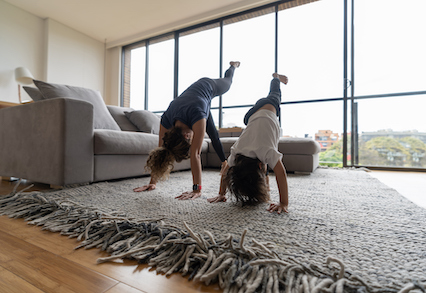
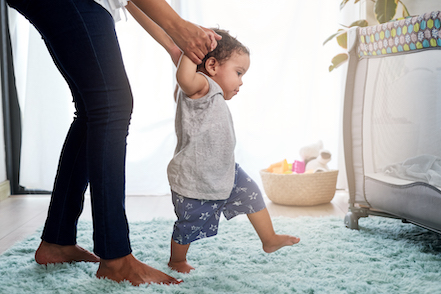
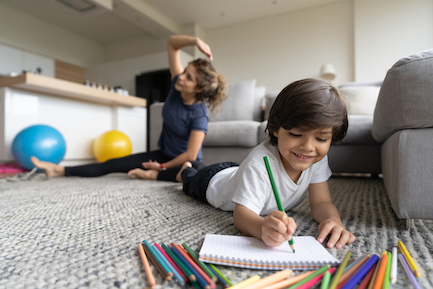
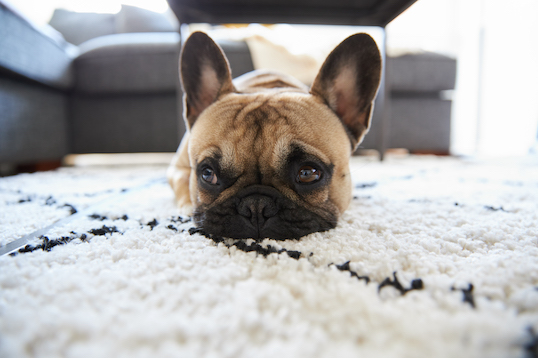 Removing Pet Hair
Removing Pet Hair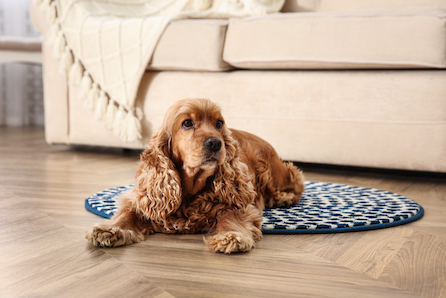 Berber Rug Cleaning
Berber Rug Cleaning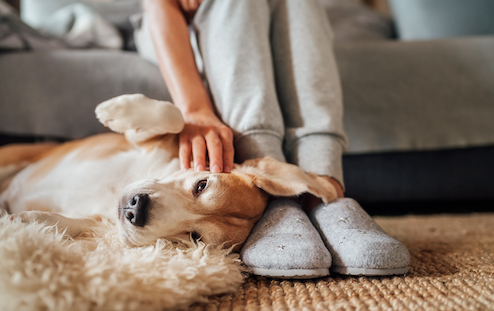
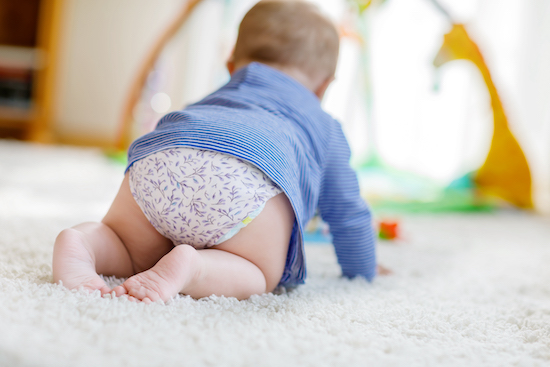 Microfiber & Polyester Rug Cleaning
Microfiber & Polyester Rug Cleaning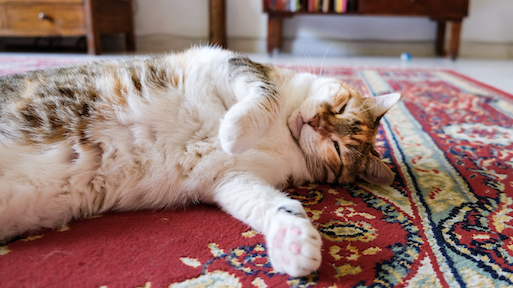 Oriental Rug Cleaning
Oriental Rug Cleaning

